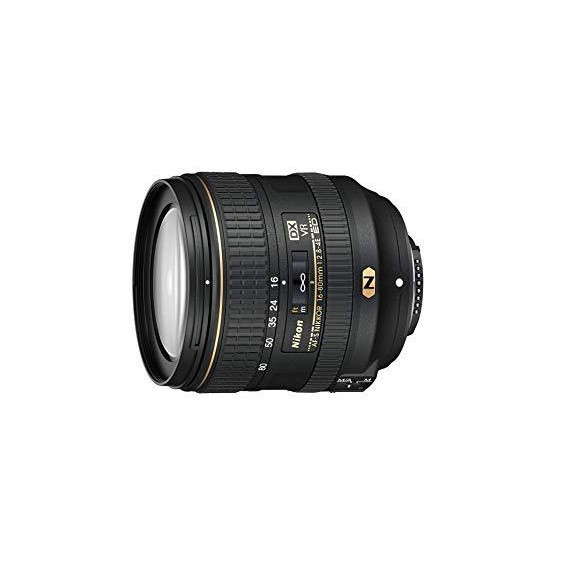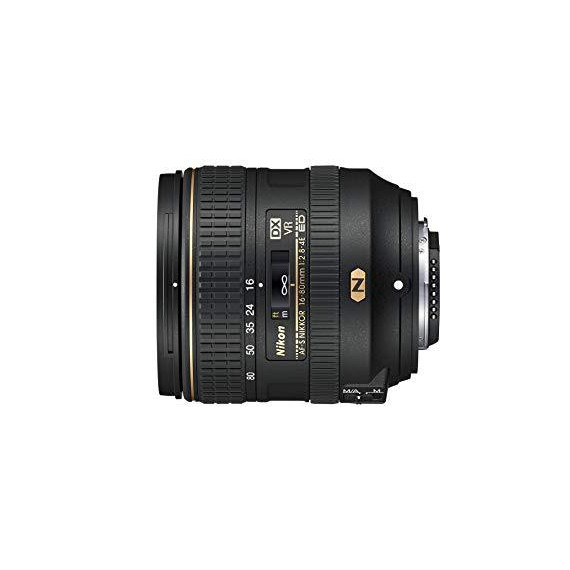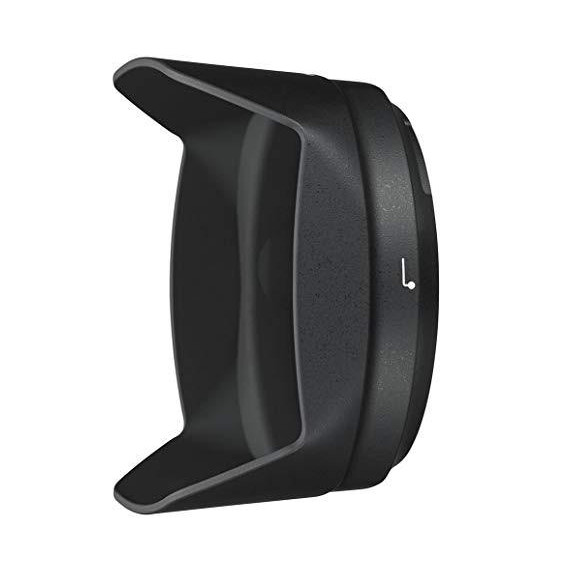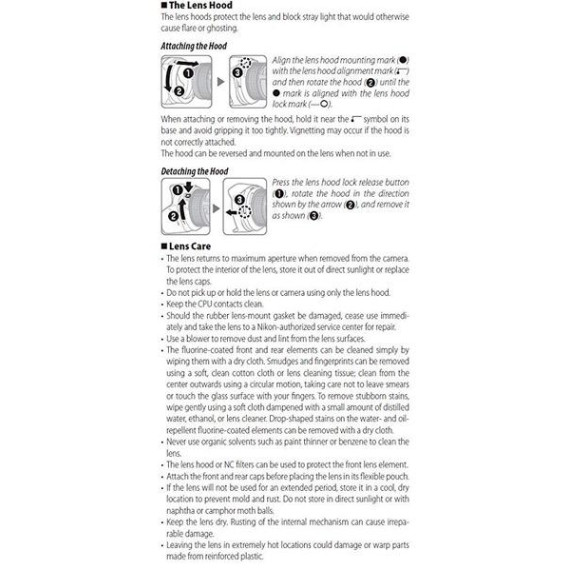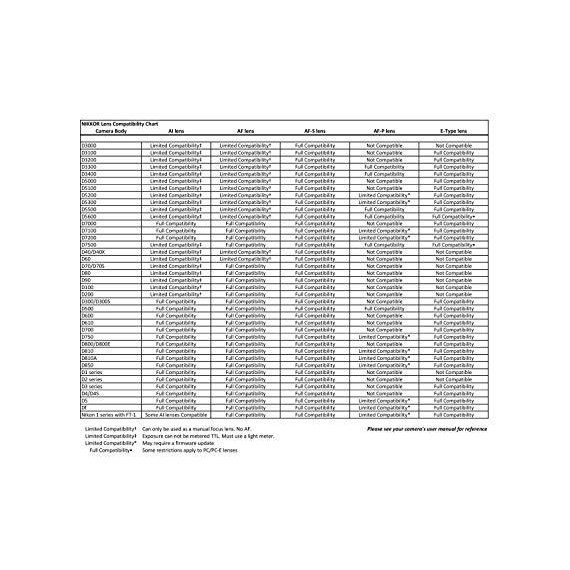Thejohnz
I purchased this lens from Amazon to go with my D7200. I have mostly been an FX user the last 4 years and currently also own a D750 and D800. My interest in going back to the DX camera and lenses started with using the D7200 as a way to get extra reach for my telephoto lenses such as the Nikkor 80-400mm VR and the newest Nikkor 300mmF4 VR. I was enjoying how well the D7200 worked with these lenses but I no longer had any wide angle "walk around lens" to use with this camera. I did have the Nikkor 24-120mmF4 VR and the 24-85mmF3.5/5.6 VR but those lenses are best suited for the FX format. I purchased the 16-80mmF2.8/4 VR on a whim. Having previously owned the 16-85 version, I hoped that this lens would have the improvements necessary to make it a "keeper". After a few days of testing and comparisons, I must admit that I will definitely keep this lens! My first test was to compare the 16-80 on my D7200 to the 24-120 on my D750. This is an easy test to do as the equivalent zoom ranges and apertures are the same (except for the ability of the 16-80 to go to F2.8). The result of this test amazed me. The 16-80 was sharper at all apertures from F4 through F16. It did not matter what focal length I was at. In addition, the 16-80 was better at contrast. Dark areas were darker, yet had more detail. A side benefit was the lack of any vignetting when a filter was attached to the 16-80 lens. This is not the case with the 24-120, when at 24mm focal length. I then compared the 16-80 (set to 34mm on my D7200) with the Nikkor 50mF1.8 mounted on my D750. Again, I was surprised that the 16-80 actually looked better at all apertures but F4, where the 50mm was slightly better in the extreme corners. Again, contrast was noticeably better on the 16-80. This was the first time any lens I owned outperformed this 50mm prime. I also own the Nikkor 20mmF1.8. Testing this lens directly with the 16-80 on my D7200 did show the superior performance of the 20mm lens, but the differences went away by F8. Both these lenses show the excellent contrast that comes with Nikons latest coatings. The Nikkor 16-80mmF2.8/4 VR is slightly lighter than the 16-85 but otherwise about the same size. The focus speed seems similar to the 24-120, and the VR seems to work as advertised. At 80mm, I compared the 16-80 to my Nikkor 70-200F4 VR. The first test was done with the 16-80 on the D7200 (set for 80mm) and the 70-200 on the D750 (set to 120mm). The result of this test was almost a dead heat with maybe a slight edge to the 70-200. I did a second test where both lenses were mounted on the D7200 (at 80mm). In this test the 70-200 clearly won. This is not surprising in that the FX format puts real demands on the corner performance of FX lenses whereas the DX format does not. in addition, the D750 has an anti-alias filter. The D7200 does not, allowing for better overall resolution if the lens can pull it off.(and the 70-200 certainly can!) I would go on a hike with the 16-80 on a D7200 and feel confident that I would get as good or better photos than if I carried the 24-120 with the D750. In low light, or the need to have limited DOF, I might want the FX combo, but for most scenery shots, I want maximum DOF and high ISOs are generally not needed. Do remember that DX cameras have 1.5 times greater DOF than FX. This lens is pricey. If I could not afford it, I would be temped by the Sigma 17-70mmF2.8/4. It looks to have similar performance overall. The only caveat, is the distortion. At 16mm, this lens has lots of barrel distortion. Strangely, it goes away by 19mm and quickly becomes pincushion all the way to 80mm. Most zooms seem similar in this regard. Just beware that you will want to correct for this distortion if buildings or ocean etc. are predominant in your images. I have not really tested this lens wide open at F2.8. It looked really good, but I just dont go there much, as I am mostly doing scenery shots rather than people shots, where one often wants to isolate the subject from the background. I can tell you this. Looking through the viewfinder one notices that the image is bright! That is an advantage of 2.8F worth noting. All in all, it is great to see such lenses come onto the market. The latest 24mp sensors are very demanding. This lens will hold up to those kind of sensors.




